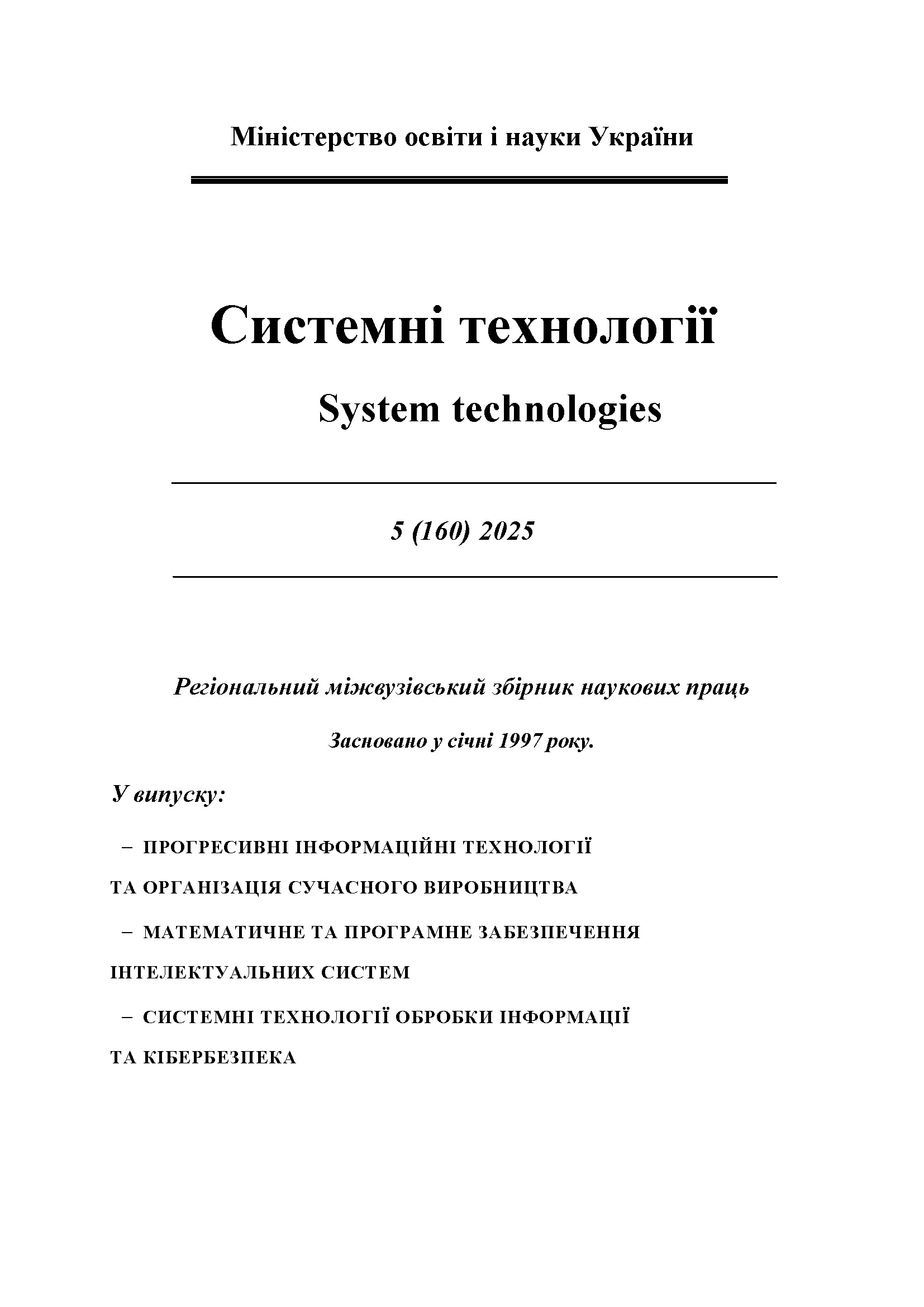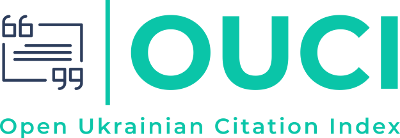Estimation and optimization of it project completion probability using the pert method
DOI:
https://doi.org/10.34185/1562-9945-5-160-2025-21Keywords:
PERT, IT project, project duration, probability, optimization, critical path, variance, deadlineAbstract
This article explores the application of the PERT (Program Evaluation and Review Technique) method for assessing and optimizing the probability of on-time completion of IT projects under uncertainty. In IT project management, dealing with ambiguous time estimates is a persistent challenge. The PERT method provides a probabilistic approach to modeling project durations by using three time estimates for each activity: optimistic, most likely, and pessimistic. This allows for the calculation of both the expected duration and the variance of each task, as well as for the entire project. Based on these parameters, it becomes possible to estimate the probability of completing the project within a specified deadline by using the properties of the normal distribution.
The article offers a formal problem statement for minimizing the risk of project delay. The goal is to increase the likelihood of on-time completion by optimizing critical path activi-ties—either by reducing the expected duration or decreasing the variance (i.e., stabilizing the execution). A computational experiment is conducted using a sample network model of a pro-ject consisting of nine interrelated tasks. The critical path is identified, and the project's com-pletion probability is evaluated for a defined deadline.
Subsequently, the parameters of two critical tasks were modified to simulate managerial interventions, such as standardizing processes or reducing complexity. As a result, the overall project duration decreased from 18.17 to 17.17 days, and the probability of meeting the dead-line increased significantly—from 15.78% to 43.34%. The visualization of the normal distri-bution before and after optimization clearly illustrates the improvement in project reliability.
The findings confirm the effectiveness of integrating PERT with mathematical modeling and optimization techniques in IT project planning. Even minor adjustments to the task pa-rameters can lead to a substantial reduction in deadline risks. Future work may focus on de-veloping automated tools for critical path adjustment using machine learning or multi-objective optimization methods.
References
Kostiuchenko, O. M. Upravlinnia IT-proiektamy: navchalnyi posibnyk [IT Project Man-agement: Textbook]. Kyiv: KNEU, 2018. 250 p.
Kruk, O. B. Upravlinnia proiektamy: teoriia i praktyka [Project Management: Theory and Practice]. Lviv: Novyi Svit – 2000, 2020. 312 p.
Kerzner, H. Project Management: A Systems Approach to Planning, Scheduling, and Con-trolling. 12th ed. Hoboken, NJ: Wiley, 2017. 928 p.
Project Management Institute. A Guide to the Project Management Body of Knowledge (PMBOK® Guide). 7th ed. PMI, 2021. 370 p.
Moder, J. J., Phillips, C. R., Davis, E. W. Project Management with CPM, PERT, and Prec-edence Diagramming. 3rd ed. New York: Van Nostrand Reinhold, 1983. 684 p.
Yakovenko, I. O. Metody i modeli upravlinnia proiektamy v IT [Methods and Models for Managing Projects in IT]. Visnyk KhNU. Seriia: Ekonomichni nauky, 2021, No. 4(54), pp. 110–116.
Golenko-Ginzburg, D. Project duration estimations with uncertain activity durations: PERT reconsidered. International Journal of Production Economics, 1988, Vol. 55, pp. 223–229. https://doi.org/10.1016/S0925-5273(98)00045-2
Bhandari, S., Tomar, R. Performance analysis of PERT and CPM techniques for project time management. Materials Today: Proceedings, 2021, Vol. 45, pp. 3014–3019. https://doi.org/10.1016/j.matpr.2020.11.750
Downloads
Published
Issue
Section
License
Copyright (c) 2025 System technologies

This work is licensed under a Creative Commons Attribution 4.0 International License.















